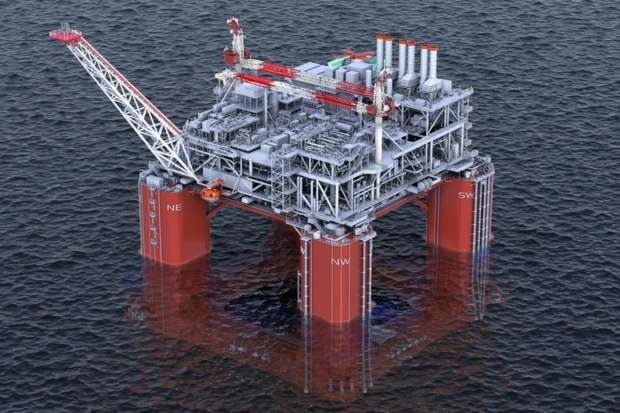Latest reports suggest that Australia’s largest oil and gas producer, Woodside Energy, has expanded its focus on fossil fuel exploration and increased its direct greenhouse gas pollution since announcing it had an “aspiration” of reaching net zero emissions.
According to a report by the Australian Conservation Foundation, Woodside’s spending on looking for new oil and gas reserves was $160m in 2019 and dipped to $96m in 2021 – a year affected by the Covid-19 pandemic – before rising to $418m in 2022.
The jump was largely due to the company taking over BHP’s global oil and gas assets in mid 2022, and came after the company said it aspired to reach net zero emissions by 2050 or sooner.
The goal covers only its “scope 1” and “scope 2” emissions – those from its operations and in generating the electricity it uses. Woodside said in 2022 it had cut them by 11%, compared with the average between 2016 and 2020.
Read also: EU Parliament blames climate change for massacre of Christians in Nigeria
The conservation foundation’s report, which was released on Monday, said that the claimed emissions cut was based on the company buying contentious carbon offsets, mostly investing in land-based conservation projects. The carbon pollution released into the atmosphere from its operations increased by 3%.
The report also showed that the aspirational target did not cover 92% of Woodside’s contribution to the climate crisis because it ignored the “scope 3” emissions released when the company’s customers, mostly in north Asia, burned the oil and gas it extracted and produced.
The foundation’s corporate environmental performance analyst, Audrey van Herwaarden, accused Woodside of greenwashing by claiming it was reducing climate pollution while expanding its fossil fuel plans. “Net zero greenwashing poses a serious risk to humanity’s ability to tackle global warming, as it distracts from and delays concrete and credible action,” she said.
Story was adapted from the Guardian.
